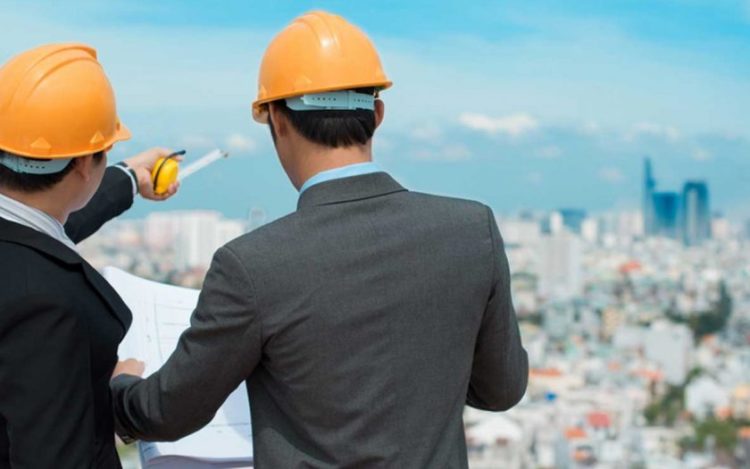Thermal bridging refers to a building’s construction area that has a considerably higher heat dissipation than the surrounding materials. This structural deformity normally occurs when there is a small break in the building’s insulation which the contractors did not notice. It can also arise when a material like a steel wall tie having a high thermal conductivity penetrates the insulation. This defect can seriously compromise the structural integrity of the building. Civil engineers need to immediately address the issue of thermal bridging in the buildings they inspect. Otherwise, it can lead to numerous problems. These include excessive heat loss, freeze-thaw damage, moisture retention, and interstitial condensation.
Reddy Kancharla is a prominent civil engineer and geotechnical consultant from Briarcliff Manor in New York. He has over 25 years of valuable industry-based experience in the areas of geotechnical consultancy, construction quality control compliance, and civil construction. He even has a wealth of knowledge in many diverse areas. These include assessing structural failures, providing remedial designs, rectifying structural discrepancies, and abiding by construction quality assurance standards. He is even the mastermind behind the construction of New York City’s most important landmarks. These include Yankee Stadium, the new terminals of JKF Airport, the Goldman Sachs building, and the USTA National Tennis Center.
In his opinion, thermal bridging in buildings can occur due to a break or a penetration in the buildings’ insulation. As a consequence, the occupants residing in these properties notice a considerable rise in their energy bills. Civil engineers specializing in rectifying structural discrepancies in the properties use passive infrared thermography devices to detect this abnormality in buildings. The device allows them to monitor thermal signatures in the walls of the buildings to identify heat and other insulation leaks. In the course of conducting a building inspection, these construction specialists are likely to notice thermal bridging issues in:
- The junctions where the walls connect with the floor,
- The holes which contractors crave out in the walls of electric cables or water pipes,
- The intersection where the walls and roof connect,
- The timber reveals surrounding the fins of the windows and doors, and
- The metal wall ties connect more than one masonry wythes.
Strategies civil engineers adopt to correct thermal bridging
Civil engineers normally resort to implementing the following strategies to address thermal bridging issues they find in buildings by:
- Installing rigid insulation panels across the exterior surface of the buildings,
- Placing an insulation board beneath the roofing material to avert ice dams resulting in heat loss,
- Applying a waterproof silicone caulk on the edges of windows and doors to prevent heat loss, and
- Erecting insulting foam-core doors in the interiors of the buildings.
According to Reddy Kancharla, thermal bridging is often a difficult structural issue for occupants of a building to tackle on their own. It is prudent for them to hire a civil engineer with the relevant experience to assess the problems and offer suitable solutions. Taking this step can help them reduce their energy bills and strengthen the structural integrity of the building.
